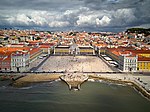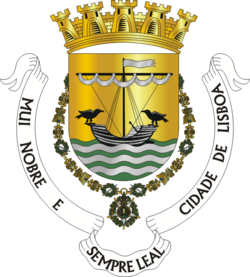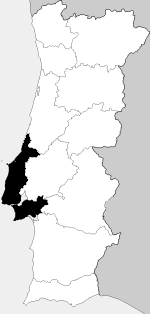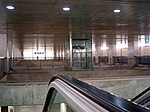São Nicolau (Lisbon)
Former parishes of LisbonLisbon geography stubs
São Nicolau (Portuguese pronunciation: [sɐ̃w̃ nikuˈlaw]) (English: Saint Nicholas) is a former civil parish (freguesia) in the city and municipality of Lisbon, Portugal. It was 0.25 km² in area with 1,175 inhabitants as of 2001. At the administrative reorganization of Lisbon on 8 December 2012 it became part of the parish Santa Maria Maior.
Excerpt from the Wikipedia article São Nicolau (Lisbon) (License: CC BY-SA 3.0, Authors).São Nicolau (Lisbon)
Praça do Comércio, Lisbon Santa Maria Maior (Santa Maria Maior)
Geographical coordinates (GPS) Address Nearby Places Show on map
Geographical coordinates (GPS)
| Latitude | Longitude |
|---|---|
| N 38.708 ° | E -9.137 ° |
Address
Praça do Comércio
Praça do Comércio
1100-148 Lisbon, Santa Maria Maior (Santa Maria Maior)
Portugal
Open on Google Maps








